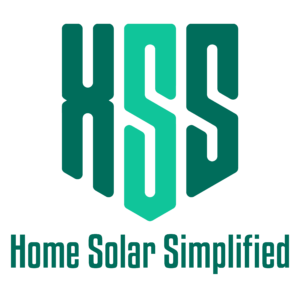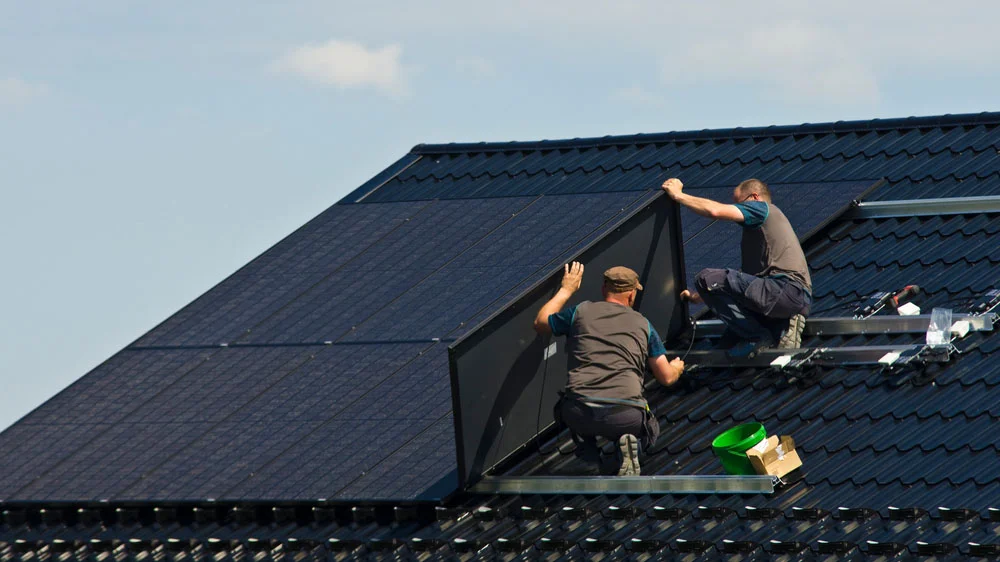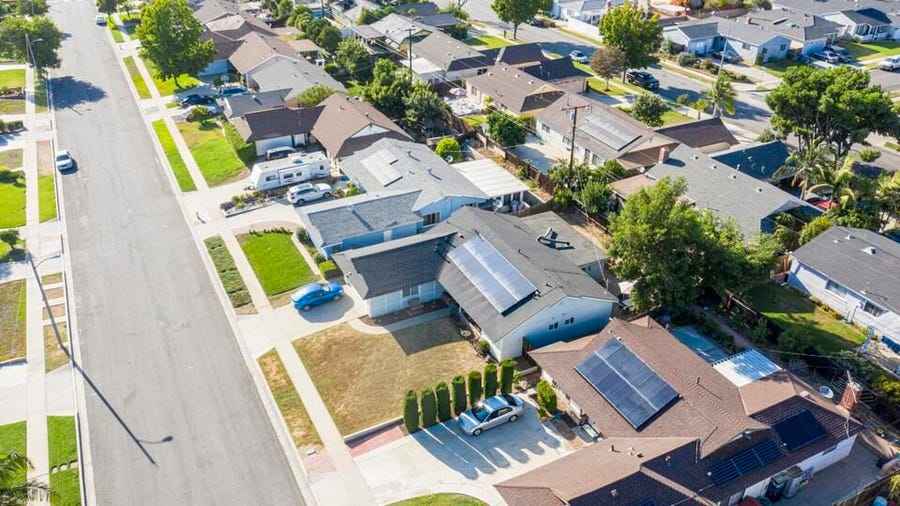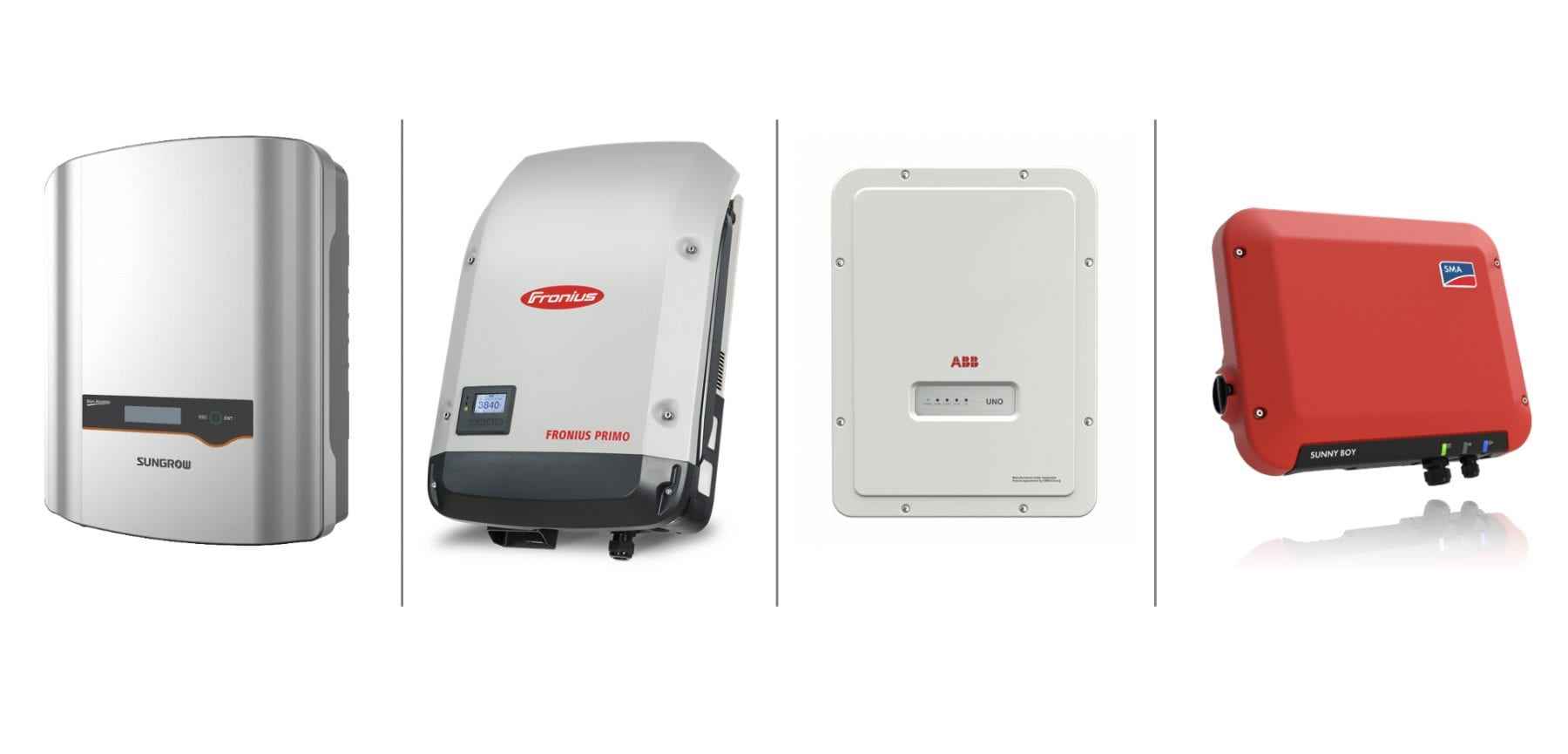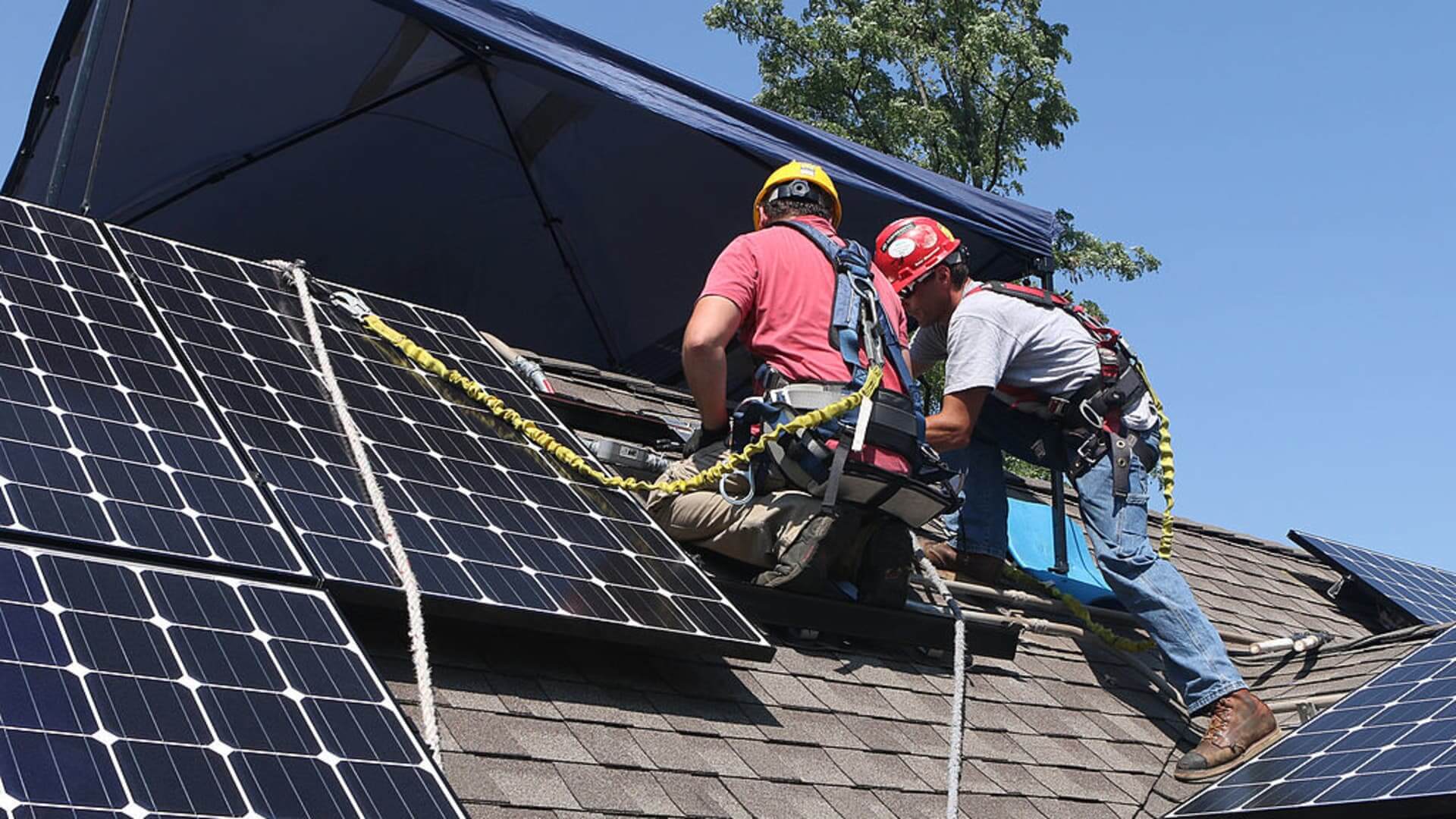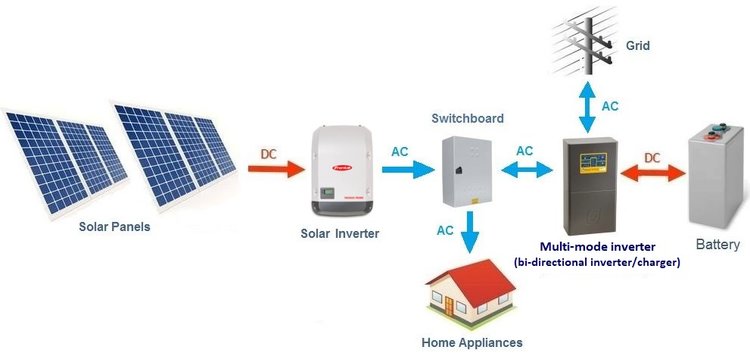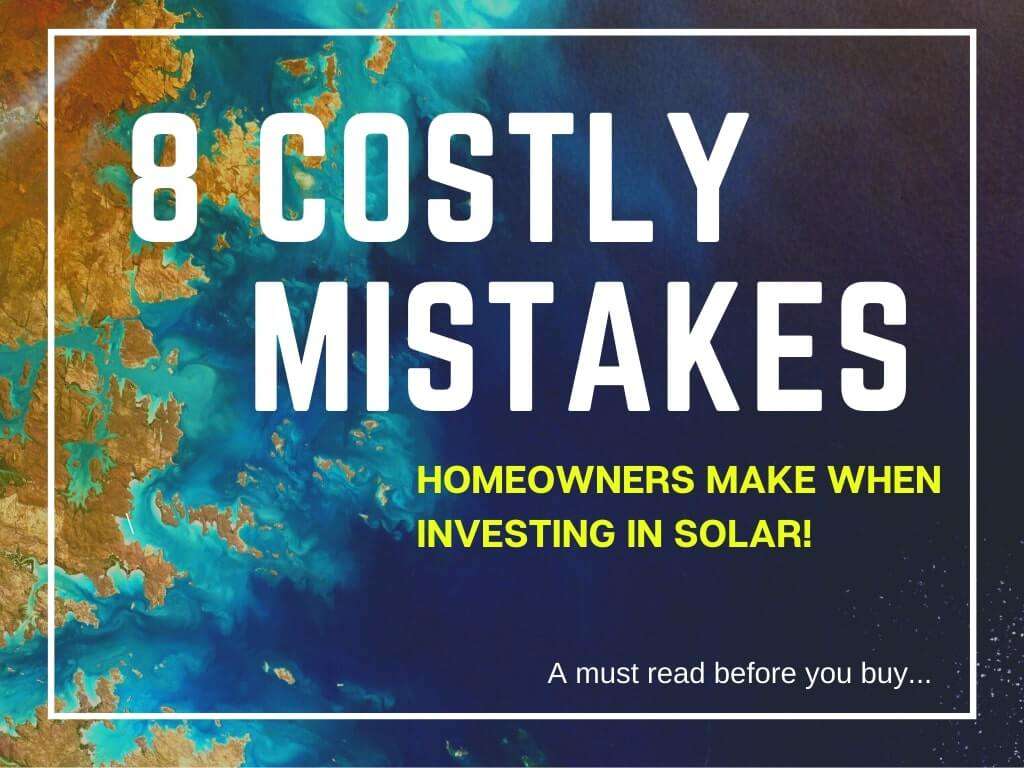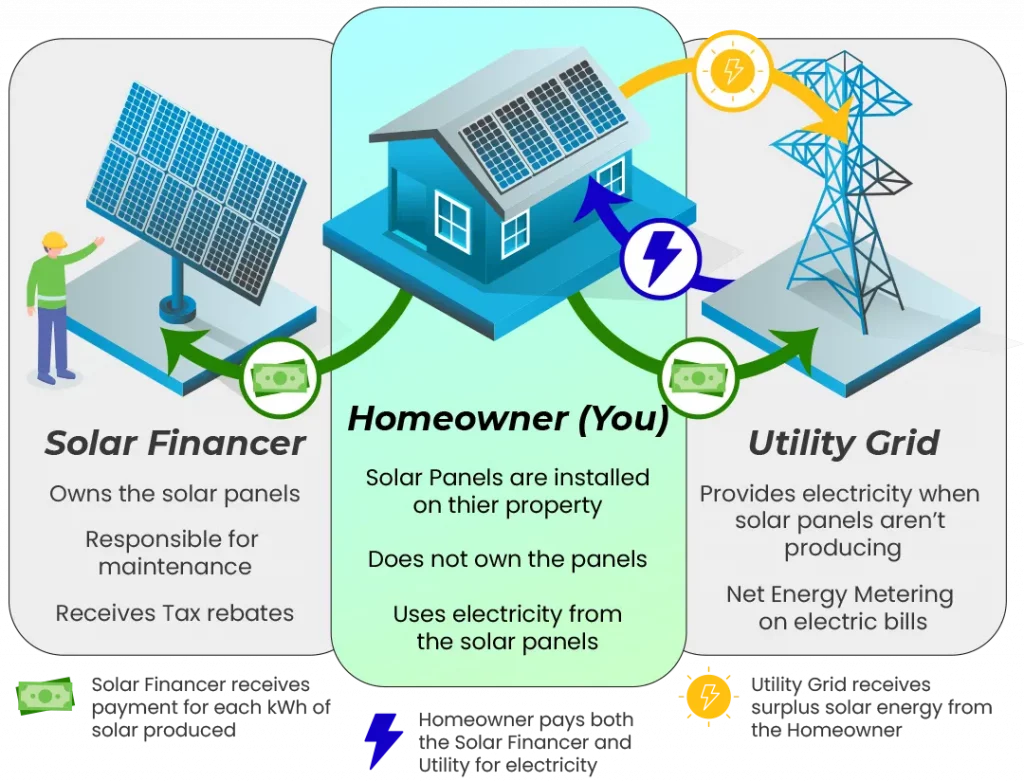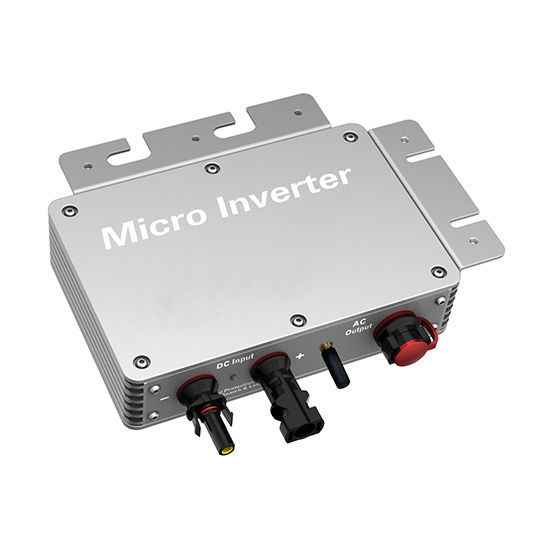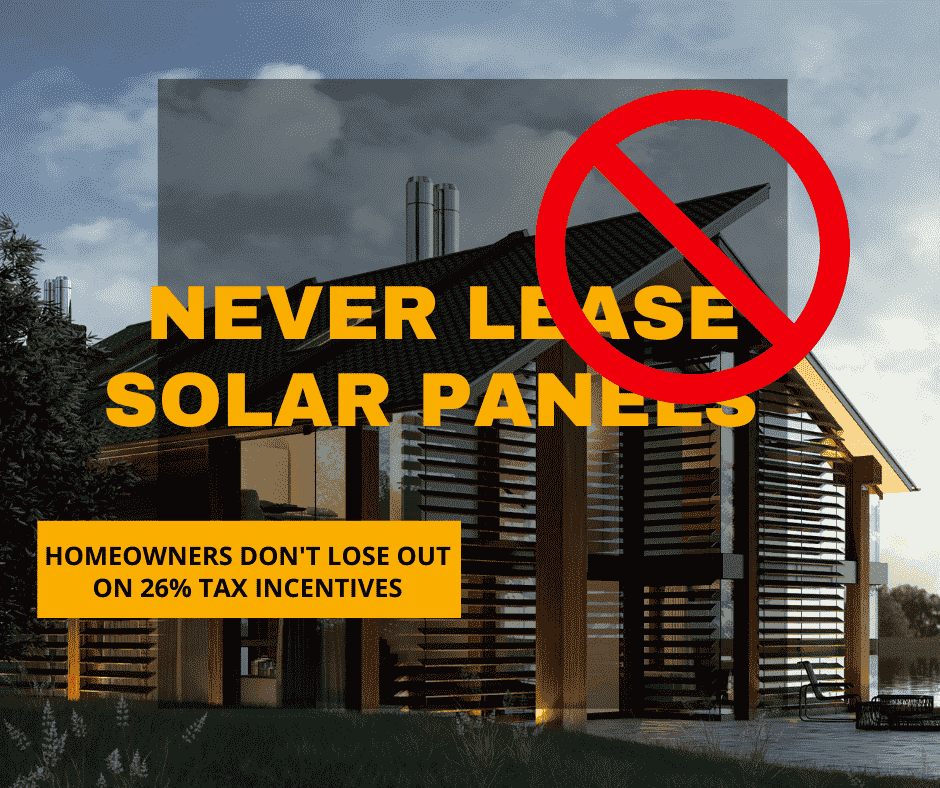
Discovery Checklist:
- Collected a copy of the electric bill:
- Gathered recent electric bills to analyze energy consumption patterns.
- Calculated the customer’s cost of power from the utility:
- Calculated average monthly/yearly utility costs based on the electric bill.
- Discovered the customer’s usage needs and expectations:
- Conducted an interview to understand energy usage habits, future plans, and expectations from solar.
- Completed a Bill Review with the customer:
- Discussed and reviewed the customer’s current energy bill, highlighting potential savings with solar.
- Confirmed the customer’s home address:
- Verified the customer’s physical address for accurate site assessment and solar system design.
- Conducted a Site Assessment:
- Evaluated the property’s solar potential, including roof orientation, shading, and available space.
- Explored Financing Options:
- Discussed various financing options, including cash purchase, loans, leases, or power purchase agreements (PPAs).
- Evaluated Energy Efficiency Opportunities:
- Explored potential energy efficiency improvements to maximize the effectiveness of the solar system.
Eligibility Checklist:
- The Roof Type is eligible for solar:
- Assessed the roof type (asphalt shingle, metal, tile, etc.) for suitability for solar panel installation.
- There is no roof damage to disqualify solar:
- Inspected the roof for any structural issues or damage that could affect solar installation.
- The customer is willing to re-roof if their roof is not qualified:
- Discussed options for roof replacement if the existing roof is not suitable for solar panels.
- The azimuth of qualified roof planes is eligible for solar:
- Verified that the orientation of the roof surfaces is conducive to efficient solar energy production.
- The pitch of the roof is eligible for solar:
- Checked if the roof’s angle is within an optimal range for solar panel installation.
- There are no major shade issues affecting the roof:
- Conducted shade analysis to ensure minimal shading throughout the day for maximum solar output.
- The customer has cash to purchase the system:
- Confirmed the customer’s ability to make a cash purchase for the solar system.
- The customer has good credit to qualify for financing:
- Assessed the customer’s credit score and financial eligibility for various financing options.
- The customer is financially eligible for solar:
- Evaluated the customer’s overall financial situation to determine affordability and suitability for solar.
- The roof is not too small or limited by setbacks for a solar array:
- Verified that the available roof space meets the minimum requirements for installing a viable solar system.
- The customer’s property type is eligible for solar:
- Confirmed that the property type (single-family home, multi-unit dwelling, commercial property, etc.) is eligible for solar installation.
- It’s time to present an amazing solar proposal:
- Prepared a comprehensive solar proposal, including system specifications, financial projections, and potential savings.
Remember, these checklists are comprehensive and should be tailored to each specific customer and project. Always ensure clear communication and transparency with your customers throughout the discovery and eligibility assessment process.
